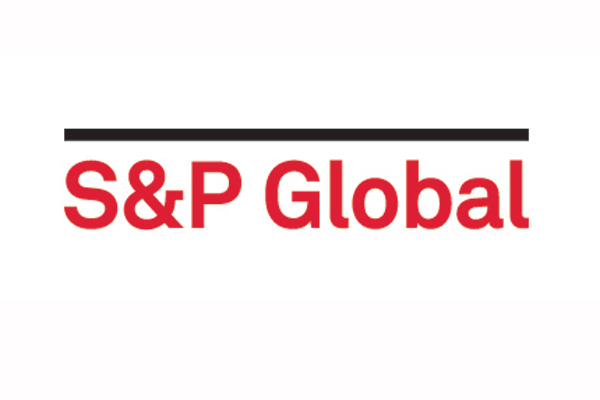S&P raises Philippine outlook from “stable” to “positive”
April 27, 2018
Standard & Poor’s on Thursday night raised its outlook on the Philippines’ credit rating from “stable” to “positive,” lauding improvements in the way the government makes and executes policies.
According to S&P, the kind of policymaking the Philippine government shows could further improve its finances and economic performance in the years ahead.
“The positive outlook reflects our view that improvements to the Philippines policymaking settings could support a track record of more sustainable public finances and balanced growth over the next 24 months,” S&P said in a report on the Philippines.
A “positive” outlook means there is chance for the country’s credit rating with S&P – currently at “BBB,” which is a notch above the minimum investment grade – to be upgraded over the short term.
In acknowledging the gains in the policy environment in the Philippines, S&P cited the tax reform program, the first package of which took effect in January, and the “Build Build Build” program, under which massive investments in infrastructure are set. Proceeds from the tax reform will partly fund the infrastructure projects, estimated at about $160 billion over the next five years up to 2022.
Japan Credit Rating Agency, Ltd. (JCR) announced on Thursday that it kept the country’s rating of “BBB+” with a “stable” outlook on account of the economy’s robust growth and resilience to headwinds.
In 2017, the Philippine economy grew by 6.7 percent, thereby remaining among the fastest growing in the Asia Pacific region.
The “BBB+” rating assigned by JCR is just a notch away from the A category.
JCR said in its report that it took into account “the country’s high level of economic growth underpinned by solid domestic demand, resilience to external shocks supported by a declining external debt and accumulation of foreign exchange reserves, and the government’s comparatively sound fiscal position.”
In response to the favorable developments on the country’s credit ratings, Finance Secretary Carlos Dominguez said: “These positive developments reflect the increasing confidence of the international business community in the sustainability of the Duterte administration’s program for high growth and financial inclusion.”
“Credit raters have seen the wisdom of the government’s growth strategy anchored on aggressive spending on infrastructure and human capital development, combined with its pursuit of bold initiatives such as tax reform to help ensure a steady revenue flow for such massive investments over the medium term,” he added.
S&P and JCR cited the country’s strong external payments position.
“Another key rating strength for the Philippines is the country’s external position,” S&P said.
“The country remains highly resilient to external shocks, with the ratio of its foreign exchange reserves to short-term external debt standing at 5.7 times at the end of 2017,” JCR said.
S&P noted the Bangko Sentral ng Pilipinas’ track record in maintaining a low level of inflation. The credit watchdog added that the BSP’s new monetary policy measures and initiatives to develop the domestic capital markets would improve transmission of monetary policy and help further improve the country’s credit metrics.
Bangko Sentral ng Pilipinas Governor Nestor Espenilla, Jr. welcomed the latest ratings decisions of S&P and JCR.
Espenilla said: “Favorable credit rating actions are a welcome pat on the back. The BSP is committed to its price and financial stability mandates, which have provided an environment conducive for economic growth and stability over the years. At the same time, the BSP is keen on helping push the economy toward the next stage of development through financial sector reforms, which are vital for accelerating growth and making it more inclusive.”
For 2018-2022, the Philippine government targets economic growth of 7 to 8 percent. It likewise aims to reduce poverty to 14 percent by 2022 from 21.6 percent in 2015. DMS
Latest Videos
- THE UNTOLD STORY EXPERT INSIGHTS INTO THE UKRAINE
- NEGOTIATING A NEW ORDER US RUSSIA TALKS ON UKRAIN
- Ukraine: A Pawn in the Geopolitical Game? Will Trump Intervene?
- US VP VANCE CRITICIZES EUROPEAN DEMOCRACIES AT MUNICH SECURITY CONFERENCE
- UNCOVERING THE WEB OF DECEIT: CIA INFILTRATION OF THE MEDIA
- SHIFTING SANDS: TULSI GABBARD’S CONFIRMATION AND THE EVOLVING GLOBAL LANDSCAPE
- FAUCI SCANDAL: A THREAT TO GLOBAL HEALTH AND DEMOCRACY






